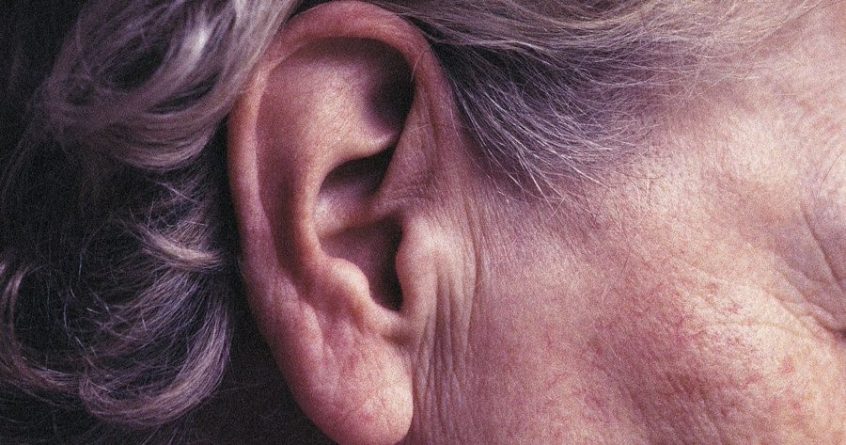Something as simple as earwax can cause anyone problems, but particularly, it seems, for people in care homes where nearly half of residents with dementia have issues with it. This situation can only get worse as earwax removal by GPs has now been stopped.
As researchers from Manchester University point out, more than two million people in the UK need earwax removal at any one time. So this problem can’t be ignored because more and more people will be unable to have their ears syringed.
The research team, headed by Manchester University’s Kevin Munro, surveyed 500 adults who used NHS earwax removal services and found the most common and troubling symptom of blocked ears is hearing difficulty (nine out of 10 participants).
It was “extremely bothersome” in six out of 10, and more than eight out of 10 reported improvement immediately after wax was removed.
Earwax is made in the ear canal by our bodies to clean, protect and keep our ears healthy. Movement of the jaw during chewing and speaking moves the wax along the canal to the entrance of the ear where it flakes off or is removed when we wash. When this cleansing and removal doesn’t work the earwax gets hard and dry.
Earwax interferes with the ability to converse with other people but also affects listening to TV and noticing sounds around us, plus it can give us discomfort and tinnitus.
Kevin Munro, professor of audiology at the University of Manchester and Manchester BRC Hearing Health Theme lead, says: “If anyone tries simulating the effect of impacted wax by walking around with their fingers plugging their ears for a few days, they’ll soon realise it is a serious issue.”
He believes earwax removal should be done in the community, such as a GP surgery, and says while the traditional method of syringing ears is no longer recommended, there are newer and safer methods for flushing out wax.
Prof Munro advises you not to pin your hopes on drops to soften the wax to remove it either. He says they don’t work as it still needs to be flushed or vacuumed out, neither of which should be done at home.
Furthermore, you shouldn’t trust the home earwax treatments on the market. The National Institute for Health and Care Excellence states there’s either no, or insufficient evidence, to support any of them.
The result is people are being forced to pay £50 to £100 a time for earwax removal.
More than a quarter of people can’t afford that and they shouldn’t have to.
We require a better service.

